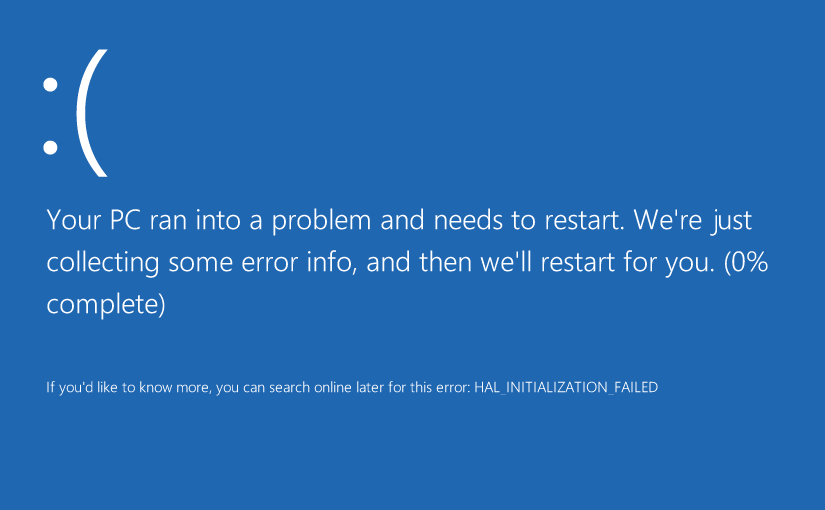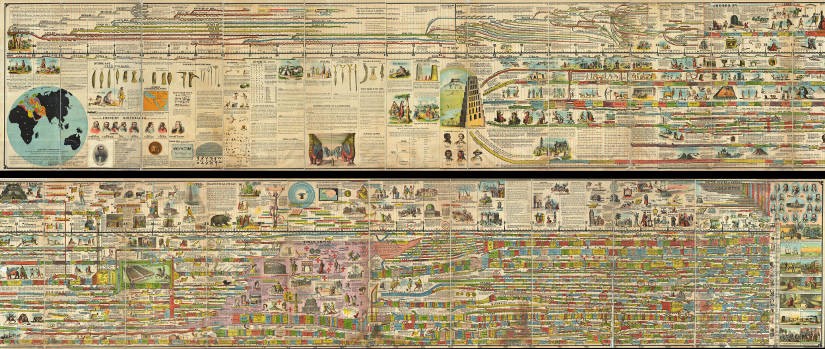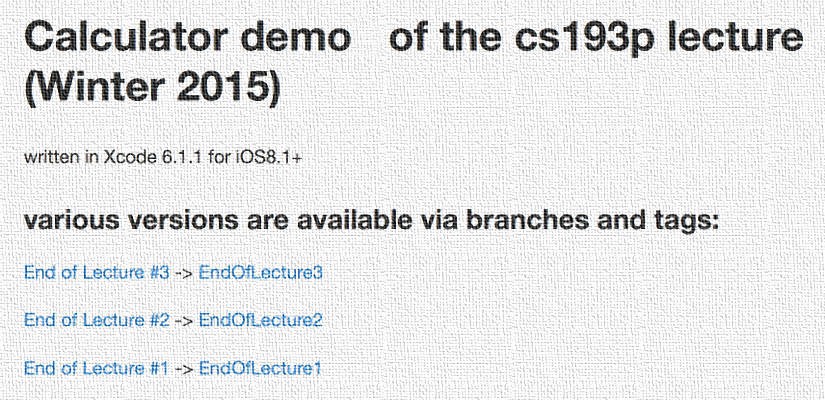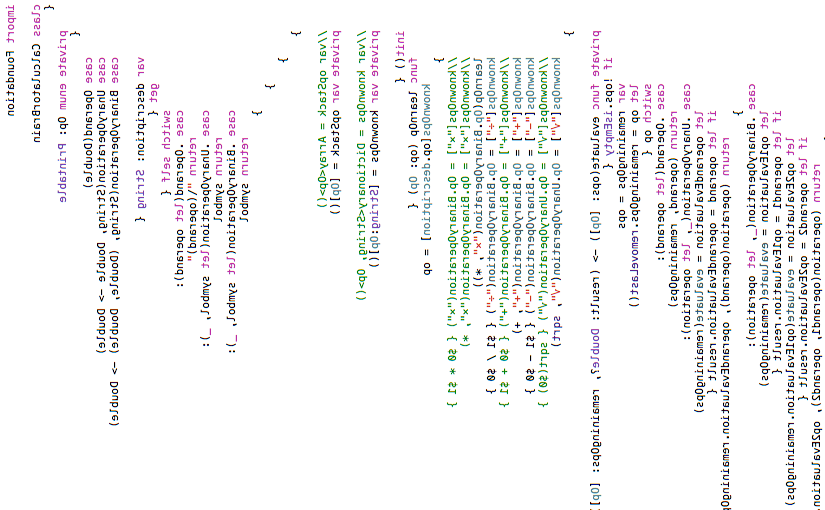Please note, this blog entry is from a previous course. You might want to check out the current one.
Avoid the problems listed in the Evaluation section below. This list grows as the quarter progresses, so be sure to check it again with each assignment.
Hopefully, we covered that …





